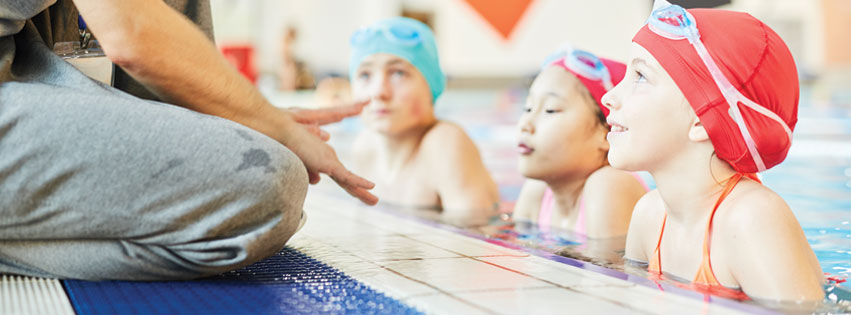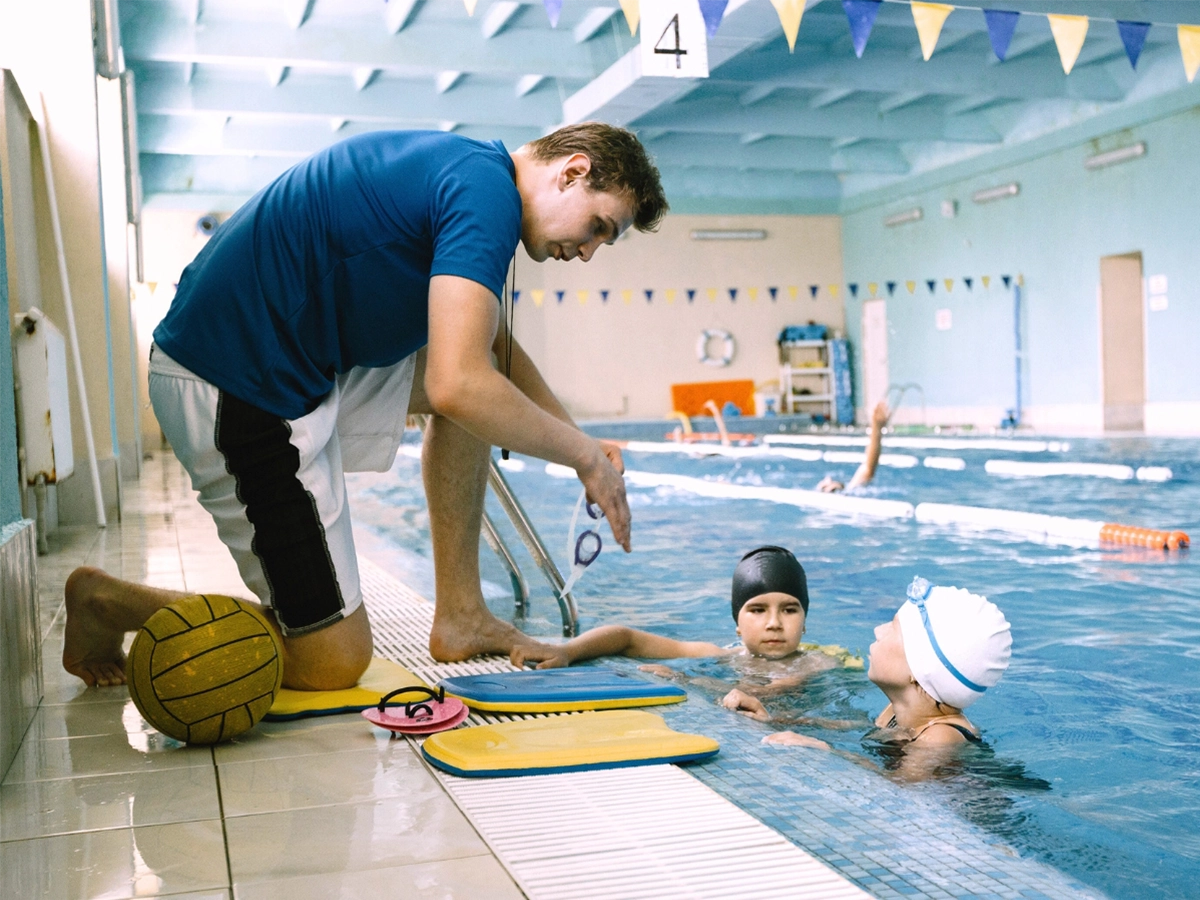You can find lots of advice about how to cure swimmer’s ear, but the far better approach is to avoid getting swimmer’s ear in the first place.
Swimmer’s ear is an infection of the outer ear canal due to excess water and bacteria growth. Check out this post for a more detailed discussion of what swimmer’s ear actually is. Here, we’re all focused on prevention.
What to do away from the water
- First, select your swimming spots carefully. Any natural body of water will have some bacteria, but some will have more than others. Many state and national parks will post signs if a specific lake has a dangerous bacteria count.
When selecting a pool, you want to find one that’s well-maintained, using enough (but not too much) chlorine. Talk to neighbors and check out the online reviews for the facility. Talk to the swim center owner about their maintenance process and how often they check the pool’s pH levels. Improper pH levels facilitate the growth and spread and bacteria in the water. It should be checked at least twice a day.
- Don’t stick things in your ear, e.g. cotton swabs or pencils, which will damage the outer ear canal. This type of damage creates lots of great spaces for excess water to pool and bacteria to grow. In fact, excessive use of earphones and earbuds can also damage the outer ear canal.
- There’s some indication that other irritants, such as hairspray and hair dyes, can cause ear irritations that increase the risk of getting swimmer’s ear. If you or your child uses spray hair products often that can get into the ear, you might want to place a cotton ball – just in the outer portion of the ear, you can see – as a shield when using these products. Don’t stuff the cotton ball into the ear canal, just let it rest entirely in the curl of the external ear.
- If you or your child has a history of swimmer’s ear or is just starting to swim a lot, you may want to consider using preventative ear drops. There are many over-the-counter options or you can home brew some ear drops made of a mixture of one part white vinegar to one part rubbing alcohol. Keep in mind, some people shouldn’t use ear drops because of other ear problems, such as damaged ear drums, or if the ear is actively draining pus. If you’re unsure, check with your doctor whether preventive ear drops are a good option for you or your child.
What to do while you’re at the water
The goal here is to keep your ears as dry as possible. To achieve that, you can:
- Cover up the ears while swimming. You can use swimmer’s earplugs while you swim. If you’re not keen on earplugs, you can find some swimming caps designed with inserts that offer extra protection to the ears.
- Dry the ears immediately, once out of the water, with a dry towel. Don’t just scrub the your hair dry. Really get on the ear, lean to the side, and rub it dry. Both leaning over and giving the ear a tug can help flush out the water.
- In fact, lean over and pull on the ear lobe (gently) even after you dry the ear, just to get out any water that remains.
- If you feel like there’s still water in your ear canal, you can use a hair dryer to dry it out. Put the hair dryer settings on low heat and low intensity and hold it about 12 inches away from your ear. If you start to feel discomfort or pain due to the intensity of heat from the hair dryer, you’re on the wrong settings or holding it too close to your ear.
A little effort reaps rewards
Once you or your child have swimmer’s ear, you’ll need to stay out of the pool until it’s cured. That’s an annoyance for recreational swimmers but can be devastating for a competitive swimmer. Following these simple guidelines can go a long way to keeping you in the water as often as you’d like.
 hbspt.cta.load(3803665, ‘9aa4eb1b-8bcc-42dd-8bf0-f4a580b243da’, {});
hbspt.cta.load(3803665, ‘9aa4eb1b-8bcc-42dd-8bf0-f4a580b243da’, {});














